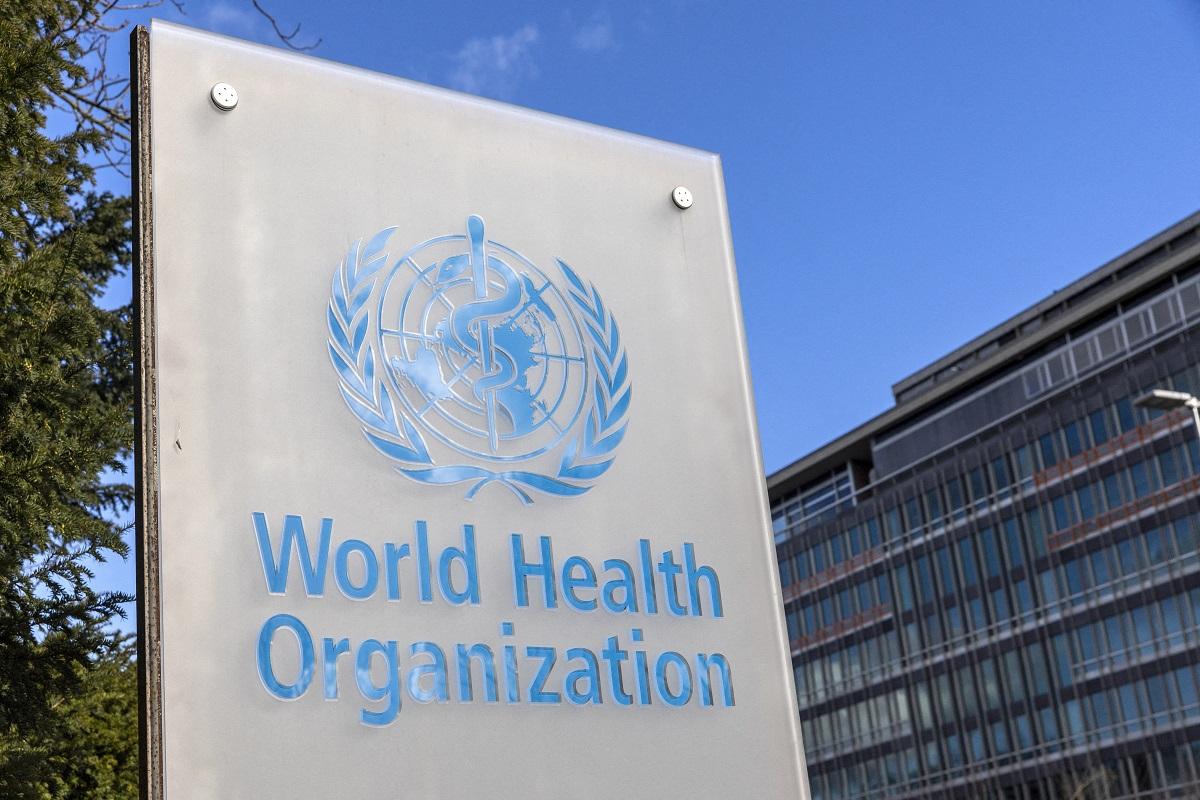WHO: 2 out of 5 in Western Pacific cannot access essential health services
By JOAHNA LEI CASILAO, GMA Integrated News Published April 5, 2024 11:28am Two out of every five individuals in the Western Pacific Region do not have access to essential health services, the World Health Organization (WHO) said Friday. In a media briefing, WHO Regional Director Saia Ma’u Piukala said this equates to 782 million individuals […]


By JOAHNA LEI CASILAO, GMA Integrated News
Two out of every five individuals in the Western Pacific Region do not have access to essential health services, the World Health Organization (WHO) said Friday.
In a media briefing, WHO Regional Director Saia Ma’u Piukala said this equates to 782 million individuals living in the region.
“No one should have to pay an unreasonable price for that care or else be forced to choose between getting the healthcare they need or feeding, housing, and educating their family,” he said.
“But this is the reality for too many people today,” he added.
According to Piukala, an estimated one in five people is also estimated to be paying 10% or more for out-of-pocket health expenses. Piukala said this is “catastrophic” healthcare spending that has severe consequences for the most vulnerable individuals.
Meanwhile, he said that nearly one in four children over the age of five is overweight or obese.
Aside from this, the regional director said that nearly 19 million people in the region lack basic drinking facilities, while more than 400 million don’t have toilets.
“This is all preventable with political will and the necessary investment, all of these problems can be turned around,” he said.
Measles, pertussis
Meanwhile, Piukala reiterated that the coronavirus is here to stay.
He stressed that WHO is more concerned about cases of measles and “whooping cough” or pertussis, saying that due to the COVID-19 pandemic, routine vaccinations were “sort of neglected.”
“But of all of these, vaccines, immunization is the answer. There has been a nationwide protective immunization campaign that is going on now on routine immunization. There’s also a vaccination campaign right now,” Piukala said.
In the Philippines, the Department of Health (DOH) said pertussis cases nationwide climbed to 862, recorded from January 1 to March 23, 2024. This was 30 times higher than cases in the same period last year.
According to the agency, it is not yet certain if the transmission of pertussis is already manageable as cases continue to increase and vaccines start to get depleted.
Meanwhile, to address measles, Dr. Rui Paulo de Jesus, the WHO Representative in the Philippines, said the government was able to mobilize 4,579 vaccinators in the Bangsamo Region.
“As of yesterday, we are able to vaccinate children from six months old to less than 10 years old. The number is… 232,890, which represents 17% of the target population,” De Jesus said.
“So we continue to work with the DOH at the central level as well as the subnational, including BARMM and also municipality level, and at the national level,” he added.
Meanwhile, De Jesus said that bringing back immunization coverage to its state prior to the pandemic involves a lot of work, including fighting against anti-vaccination, ensuring vaccine availability, ensuring vaccine quality. and healthcare worker training.
“If all of us can work together, I think within two to three years, because it’s not as easy as we say, hopefully, we can go back to the expected coverage,” he said. —VAL, GMA Integrated News














